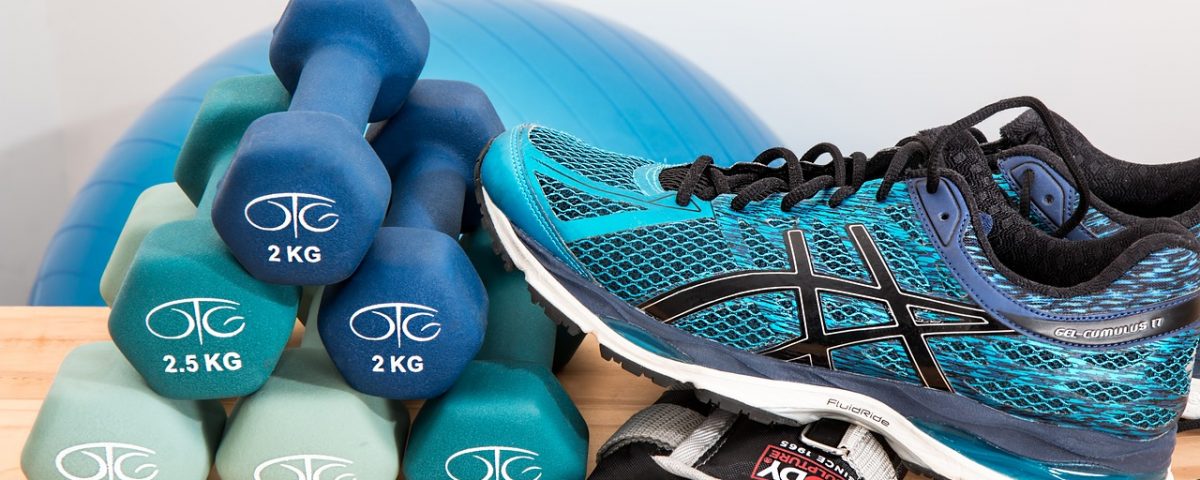
It’s a real pain in the neck!
13th November 2018
What causes Pain Between the Shoulder Blades?
20th March 2019What is the Couch to 5K?
The couch to 5k (C25K) has become a national phenomenon. It has been a brilliant way to encourage people into running using a 9 week graded training plan. So whether you used to run and have stopped, or have never run and want to get started, it is a great way to achieve your goal.
From off the couch to a 5km run in 9 weeks, are you mad?!
To most non runners it sounds like an impossible mission! Thankfully most people achieve their goal of a couch to 5km run in the 9 weeks with some (hopefully not blood) sweat and tears and hard work.
So why are we writing this?
Unfortunately we know that many people also fail in their endeavour through the 9 weeks and end up in our clinic. Not through their lack of trying, just due to pain or injury.
The fact is that running is hard! It takes a lot of energy to move ourselves in a forwards direction let alone absorb the shock as we land. Thankfully it DOES NOT, as was believed in the past, seem to cause any increase in the occurrence of osteoarthritis. In fact there are some studies that have actually shown less osteoarthritis in older runners than in older non-runners of the same age.
The modern research is pretty clear in showing that resistance (strength) training definitely helps runners. One big study showed that it reduced a runners risk of injury by 50% if done twice a week alongside your running plan.
But I don’t want big legs!
Runners can sometimes stay away from the weights, thinking that their legs will get big and heavy or tired. The truth is that strength does not mean an increase in size. The weights are not to build hypertrophy (bigger muscles), they are to build stronger more efficient muscles. This in turn often means that you actually get a bit faster!
So what should I do?
Lift some weights! If you don’t have any just grab a sturdy bag and fill it full of heavy stuff. Try to include strength training twice a week, alongside your running programme. If you are unsure about using weights, just start by using your own bodyweight. As you feel happy to, increase the difficulty level by adding weight. You should feel the muscles getting exerted and tired. If you feel any pain in your knees, don’t necessarily stop, just limit how low you squat or lunge and try not to let your knees go further forward than your toes .
Key Points
- Resistance (strength) training is likely to reduce your injury risk AND improve your running performance!
- Use 2 sessions per week targeting your hip, thigh and calf muscles with 2-3 sets of 6-10 slow, heavy reps
- Use deadlifts, squats, lunges and calf raises
- Targeting your calf muscles is extra important in the over 40’s runners!

